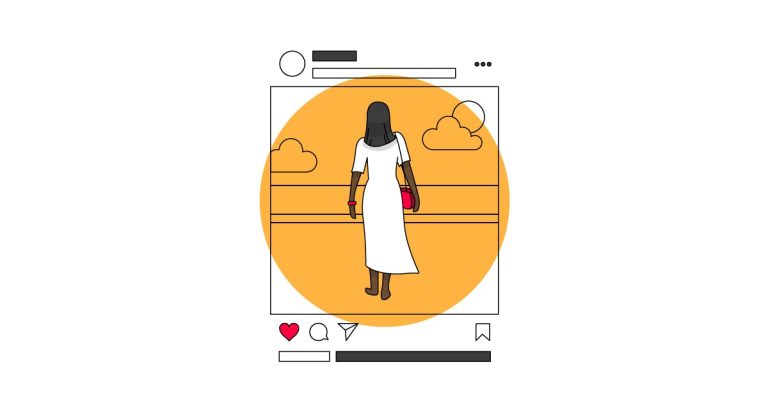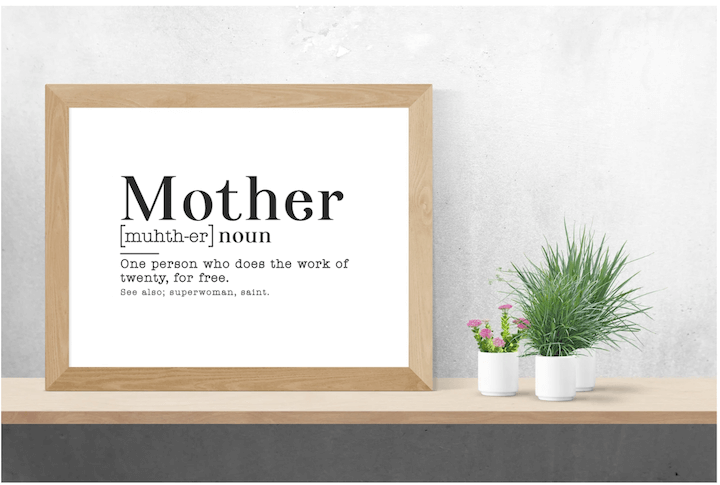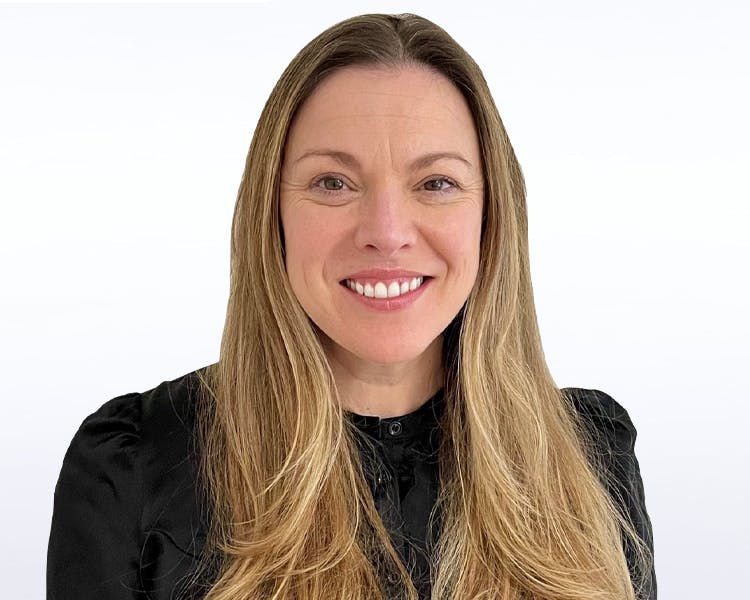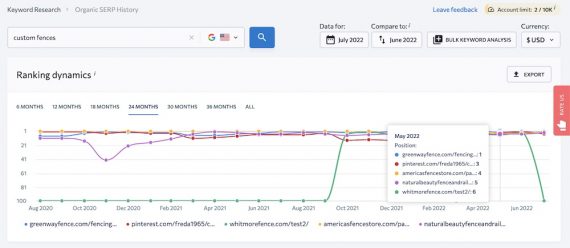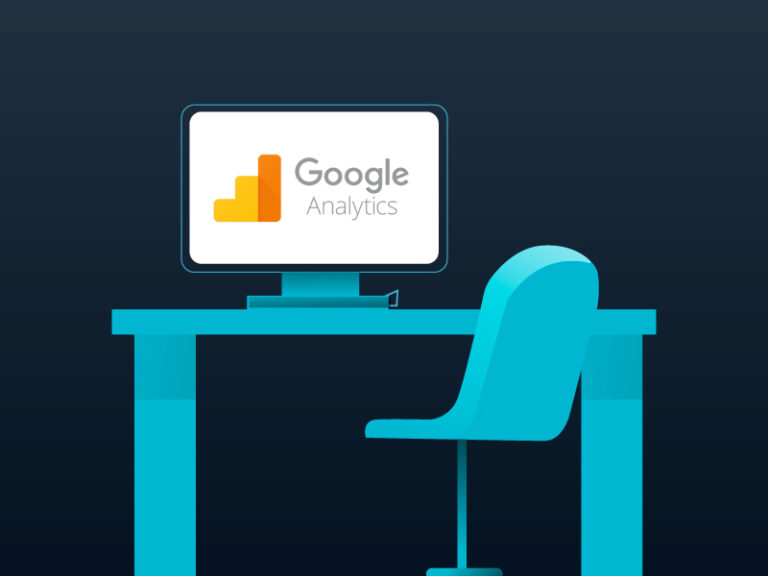For many B2B brands, business is conducted internationally – bringing time differences and language barriers into the marketing equation. The right marketing assets can bridge these gaps. Videos, downloadable guides, specification sheets, even 3D content are all really important parts of the brand activity.
Most of the businesses we work with produce very technical pieces of equipment, so real-life demonstrations can take two to three hours. With video and animation, we can share the same information in a matter of minutes. The time saved on demonstrations alone is vast but when you also consider the repeatability of that animation and the ability to control a very specific message, this becomes incredibly beneficial for B2B brands.
What happened next was a race to equip sales and technical teams with animations, 3D visualisations, presentations and interactive product guides that could transcend Zoom and Teams to make virtual sales calls engaging, efficient and effective. B2B brands have embraced the sustainability and efficacy of remote meetings and demos and I don’t expect that we’ll see a return to the level of spend on exhibitions and shows that was previously commonplace.
Tell us about your role (and a typical day for you)
The circular economy is exceptionally high on the agenda and the ability to live more sustainably through changing behaviours like reducing travel and cutting emissions are no longer optional but very much expected. B2B brands are focusing hard on producing materials with high recycled content, alternative energy production and so on. This is the most significant trend in B2B storytelling, and it will continue to be substantial as we move forwards to a post-pandemic world.
Because we have tended to grow within certain industries rather than within localities, we find there are more opportunities to be considered as an agency by businesses all over the world. They’re keener to work with an agency with direct experience in their sector and supply chain than simply whichever is closest geographically.
How did B2B marketing evolve during the pandemic and which changes do you think will be permanent?
Across all the sectors we work with, these are three key stories being told: sustainability; skills; and automation.
Another key consideration now is that people expect information to be readily available. That type of consumer behaviour is seeping into B2B marketing all the time. The pandemic accelerated the shifting trend and the brands that are lacking will frustrate their key audiences.
Secondly, skills protection and knowledge loss are a repeat theme. Lots of industries have been propped up by generation upon generation of skilled people learning their craft from the older generation, but workforce demands are changing and finding a way to protect knowledge sharing is vital. It’s a massive, massive problem and we have been working with a number of industries to capture the knowledge and produced series of technical animations, process guides, installation videos and technical training guides.
How can B2B brands best harness the powers of new technologies in their marketing?
I recently spoke with Daniel about his role, how B2B marketing has evolved since the pandemic, and how brands can best harness new technologies and storytelling trends within the sector.
At The Armstrong Partnership, we have more customers outside of the UK than within it, so we’re well versed in navigating time zones and language barriers. We see big opportunities in non-English speaking territories, as British English is generally the international language of manufacturing – so businesses see our location as a massive plus point.
Daniel Owen is CEO of The Armstrong Partnership, an independent B2B marketing agency that works with leading industrial brands.
What are the key trends in B2B storytelling right now and why are they successful?
I’m always incredibly proud when the agency’s work is recognised by our peers. Earlier this year, we won five Global ACE awards for client work during the pandemic which was really special considering what a difficult period that was.

But my proudest work achievement is winning gold for Best in B2B at the DMAs for our work with Bucher Emhart Glass. I’m particularly proud of this one because the campaign was so significant; it focused on Emhart’s end-to-end approach of glass production which was the most innovative, progressive and customer-focused technology on the market at the time. I love working on interesting campaigns but it’s even more rewarding when you see the work is creating positive change all over the world.
I’m CEO of The Armstrong Partnership and I’m still heavily involved with our clients’ brand strategies, where I work alongside our Chief Creative Officer, Matt Casey to identify a point of difference, proposition and key message before any creative development starts. I tend to stay close to the initial development of work to ensure the creative supports the proposition.
Tell us about the challenges and opportunities when working with global brands
Time differences are the biggest challenge – we have a number of clients in north America which makes for some late-night meetings, while our clients to the East give us some early starts, too. That can be hard to manage from an agency operations point of view, but the opportunities far outweigh the difficulties.
The most prominent and lasting impact of the pandemic has been the shift from traditional face-to-face marketing, like exhibitions and factory visits, to a digital-first approach. For B2B brands this has been monumental – digital marketing has always come second to in person interaction. When all face-to-face meetings were axed, B2B brands were forced to look at other channels and mediums to deliver presentations, remote demonstrations, and product overviews.
Finally, automation is dominating storytelling as brands strive to show these processes in an exciting way – again, animation and 3D are proving effective here. Particularly in engaging with a younger audience who are enticed by automation but want to work for innovative brands and exciting sectors that are advancing processes and technology through automation.
Finally, what’s been your proudest achievement to date?
We’ve just completed the renovation and fit out of our new office space which has been a labour of love, but it feels brilliant to have the team back together again after the last 18 months.
This process also forced them to look properly at their materials and assets and for many these were severely lacking.

